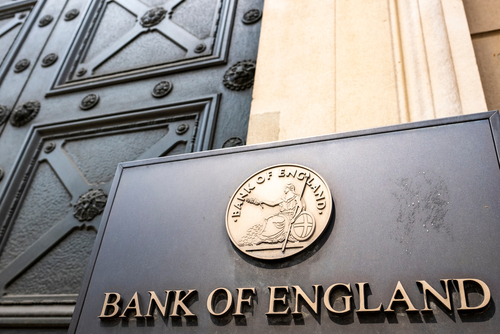
Monetary Policy & Inflation | UK

Monetary Policy & Inflation | UK
This article is only available to Macro Hive subscribers. Sign-up to receive world-class macro analysis with a daily curated newsletter, podcast, original content from award-winning researchers, cross market strategy, equity insights, trade ideas, crypto flow frameworks, academic paper summaries, explanation and analysis of market-moving events, community investor chat room, and more.
The BoE struck a careful balance at their last meeting on 5 May, with hawkish voter dissent coming alongside a dovish twist in comments. Three voters backed a 50bp hike (more than I had expected at the time), but two also noted there was now no need to continue hiking.
I have considered the market too hawkish in pricing the BoE terminal rate for some time. However, in the near term, the case is building for them to tack hawkish in tone and action. Wages continue to grow at elevated rates on account of the ultra-tight labour market, showing the building second-round effects (Chart 1).

Despite the growth in wages, households are still being squeezed (Chart 2). Meanwhile, public surveys are showing record dissatisfaction at the 9% inflation rate – and the BoE more generally (Chart 3). Raising the bank rate has previously been criticised as adding further pressure to households. However, the Chancellor’s recent measures to dampen the cost-of-living crisis (including a £400 discount on energy for all and a £650 payment to eight million households) should offset this somewhat, providing extra room for policy tightening.
While the doves have not capitulated completely, the tone from the likes of Silvana Tenreyro appears to have softened. It seems likely, in the face of 50bp dissent, that she and Jon Cunliffe will vote for 25bp, rather than no change, as they alluded at the last meeting. Meanwhile, the hawks continue to push for a frontloading of hikes. It seems plausible that Michael Saunders, Jonathan Haskel and Catherine Mann will vote for a 50bp hike again. And there may be room for Dave Ramsden to join them. That could leave the balance of voting between 25bp and 50bp very tight.
While the outcomes may be quite binary, there is a strong risk for a hawkish skew in tone and voting pattern. The market is currently pricing quite a lot into the profile further out – up to a peak of around 3.4% in 12 months’ time. It seems unlikely that they will be able to deliver all of this. However, a hawkish surprise could be enough to send the profile even more aggressive. In such an instance, we would see good value fading the initial hawkish jump.

On the asset sales side, little is expected until the telegraphed update in August (alongside an updated MPR). I still think that when it comes to that point, the BoE will choose to lean more on QT and less on hikes than the market is currently pricing.
This remains my view for several reasons, including:
In short, the BoE will prioritise UK consumers over market participants in its path for tightening.

Spring sale - Prime Membership only £3 for 3 months! Get trade ideas and macro insights now
Your subscription has been successfully canceled.
Discount Applied - Your subscription has now updated with Coupon and from next payment Discount will be applied.